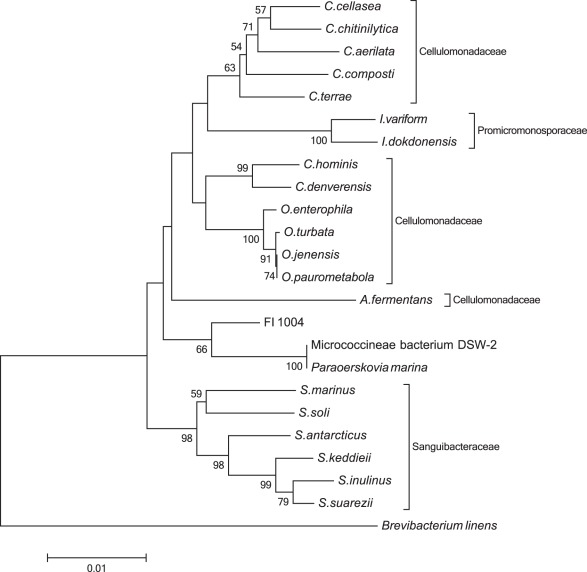Figure 2. Phylogenetic Relationships of Taxa Related to FI-1004.
The evolutionary history was inferred using the Neighbor-Joining method. [50] The bootstrap consensus tree inferred from 1000 replicates is taken to represent the evolutionary history of the taxa analyzed. [49] Branches corresponding to partitions reproduced in less than 50% bootstrap replicates are collapsed. The percentage of replicate trees in which the associated taxa clustered together in the bootstrap test (1000 replicates) are shown next to the branches. [49] The tree is drawn to scale, with branch lengths in the same units as those of the evolutionary distances used to infer the phylogenetic tree. The evolutionary distances were computed using the Maximum Composite Likelihood method [51] and are in the units of the number of base substitutions per site. The analysis involved 24 nucleotide sequences. All positions containing gaps and missing data were eliminated. There were a total of 1353 positions in the final dataset. Evolutionary analyses were conducted in MEGA5. [30] The sequence of Brevibacterium linens DSM 20425T was used as an outgroup.

